
Meeting Attendees


Michael Bedzyk
Professor of Materials Science and Engineering and (by courtesy) Physics and Astronomy | Co-Director, Northwestern Synchroton Research Center
bedzyk@northwestern.eduWebsite


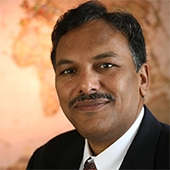
Vinayak P. Dravid
Professor, Materials Science and Engineering; Founder, NUANCE

Enectali Figueroa-Feliciano
Associate Vice President for Research | Professor of Physics and Astronomy
enectali@northwestern.eduWebsite
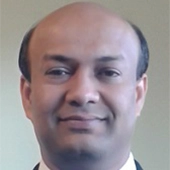
Pallab Goswami
Assistant Professor, Department of Physics and Astronomy
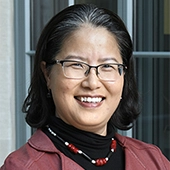
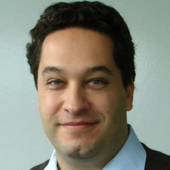
Nikos Hardavellas
Professor of Computer Science | Professor of Electrical and Computer Engineering
nikos@northwestern.eduWebsite

Mark Hersam
Walter P. Murphy Professor of Materials Science and Engineering
m-hersam@northwestern.eduWebsite
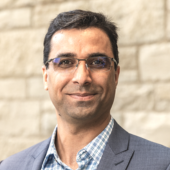

John Ketterson
Professor of Physics and Astronomy and (by courtesy) Electrical and Computer Engineering | Fayreweather Professor of Physics and Astronomy


Jens Koch
Professor of Physics and Astronomy | Deputy Director, SQMS | Co-Director, CAPST
jens-koch@northwestern.eduWebsite

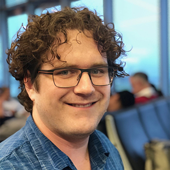

Prem Kumar
Professor, Electrical and Computer Engineering | Director, Center for Photonic Communication and Computing
kumarp@northwestern.eduWebsite
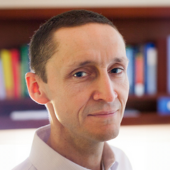
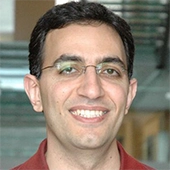
Hooman Mohseni
Professor, Electrical and Computer Engineering, Physics & Astronomy
hmohseni@northwestern.eduWebsite
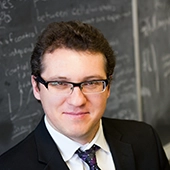
Adilson E. Motter

Eric Perreault
Vice President for Research | Professor of Biomedical Engineering | Professor of Physical Medicine and Rehabilitation
e-perreault@northwestern.eduWebsite
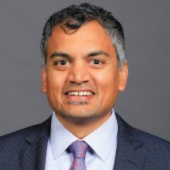
Amit Prachand
Associate Vice President, Information and Analytics | Office of the Provost



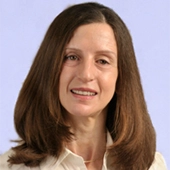

Selim Shahriar
AT&T Professor of Electrical and Computer Engineering | Professor, Physics and Astronomy
shahriar@northwestern.eduWebsite





Michael R. Wasielewski
Clare Hamilton Hall Professor of Chemistry | Faculty Member, Applied Physics Program | Director, Center for Molecular Quantum Transduction | Director, INQUIRE
m-wasielewski@northwestern.eduWebsite
